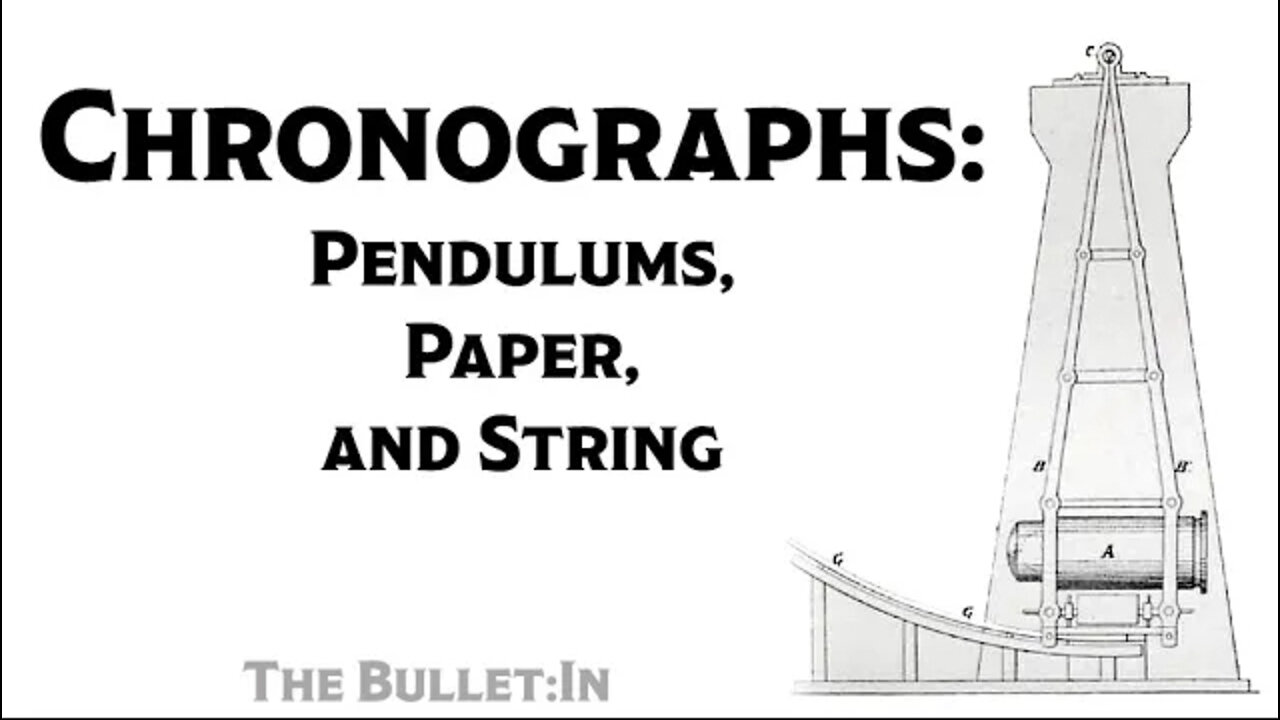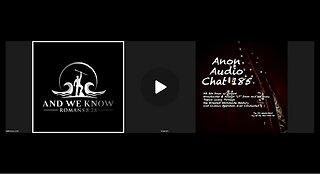Premium Only Content

The Bullet:In - The Early Chronograph; Pendulums, Paper, and String
When you hear the word chronograph, what do you picture? Do you see a watch, hung on a chain in someone’s pocket? I do too. But for the purposes of this story, we’d both be wrong.
I’m here to talk about the kind of chronograph used to judge bullet velocity.
Still, for the purposes of this story, time, distance, and velocity are all important… so we’re also going to talk about telling time too. But not with watches.
For a great deal of time, firearms were shot with little knowledge of just how fast the bullet was going. In 1742, Benjamin Robins set out to find that knowledge with a pendulum and a dream. Before too long, Grobert’s pair of wheels took over as the go-to method for judging velocity. Then Reverend Francis Bashforth devised a long series of strings that could tell artillery operators how projectiles were flying down range.
Long before the optical, magnetic, or radar chronographs, these early mechanical designs achieved surprising accuracy using complex math and simple physics.
--
We hope you’ve enjoyed this look into the world of firearms. If you’d like to view this in a different format, it’s available in other convenient locations.
To read the blog, stop by https://hi-luxoptics.com/blogs/history/the-early-chronograph-wheels-pendulums-and-string
If you’d like to hear the podcast, you can find it at https://anchor.fm/hi-lux-optics/episodes/The-Early-Chronograph---Pendulums--Paper--and-String-e1g5cmb
-
 2:14:18
2:14:18
The Pascal Show
11 hours ago $0.04 earnedTHEY LIED TO POLICE AGAIN? Jake & Rebecca Haro Have Lost Their Minds! Emmanuel Haro Search Continues
137 -
 1:25:52
1:25:52
TruthStream with Joe and Scott
2 days agoSG Sits Down w/ LT From "And We Know": An 80K FT View of Humanity's Great Awakening from 8/22/2025
10.1K16 -
 15:54
15:54
Lacey Mae ASMR
10 hours agoASMR For Sleep in 15 Minutes!
353 -
 3:16:38
3:16:38
Price of Reason
10 hours agoTrump FIRES Fed Governor Lisa Cook! Cracker Barrel CRISIS Continues! James Gunn DCU Woes! Gamescon!
93.5K7 -
 2:25:01
2:25:01
FreshandFit
5 hours agoTyreek Hill Pays Ex Wife $1 Million in Ongoing Fees From Divorce?!
26.1K3 -
 2:03:46
2:03:46
Inverted World Live
7 hours agoHaunted Dolls Hack Amazon Alexa | Ep. 98
98.9K2 -
 3:09:53
3:09:53
Laura Loomer
7 hours agoEP140: Loomer EXPOSES Islamification At US State Department
29.8K12 -
 3:05:00
3:05:00
TimcastIRL
7 hours agoTrump Floats Accepting 600,000 Chinese Student Visas, MAGA Uproar | Timcast IRL
203K140 -
 8:44:47
8:44:47
SpartakusLIVE
12 hours ago$20,000 Hide and Seek Tourney w/ Stonemountain64 || #1 Rat wins the BIG CHEESE
66.5K -
 2:34:02
2:34:02
Barry Cunningham
8 hours agoLISA COOK | ADAM SCHIFF | LETITIA JAMES | ARE THEY BEING SACRIFICED BY THE DEEP STATE?
97.1K54